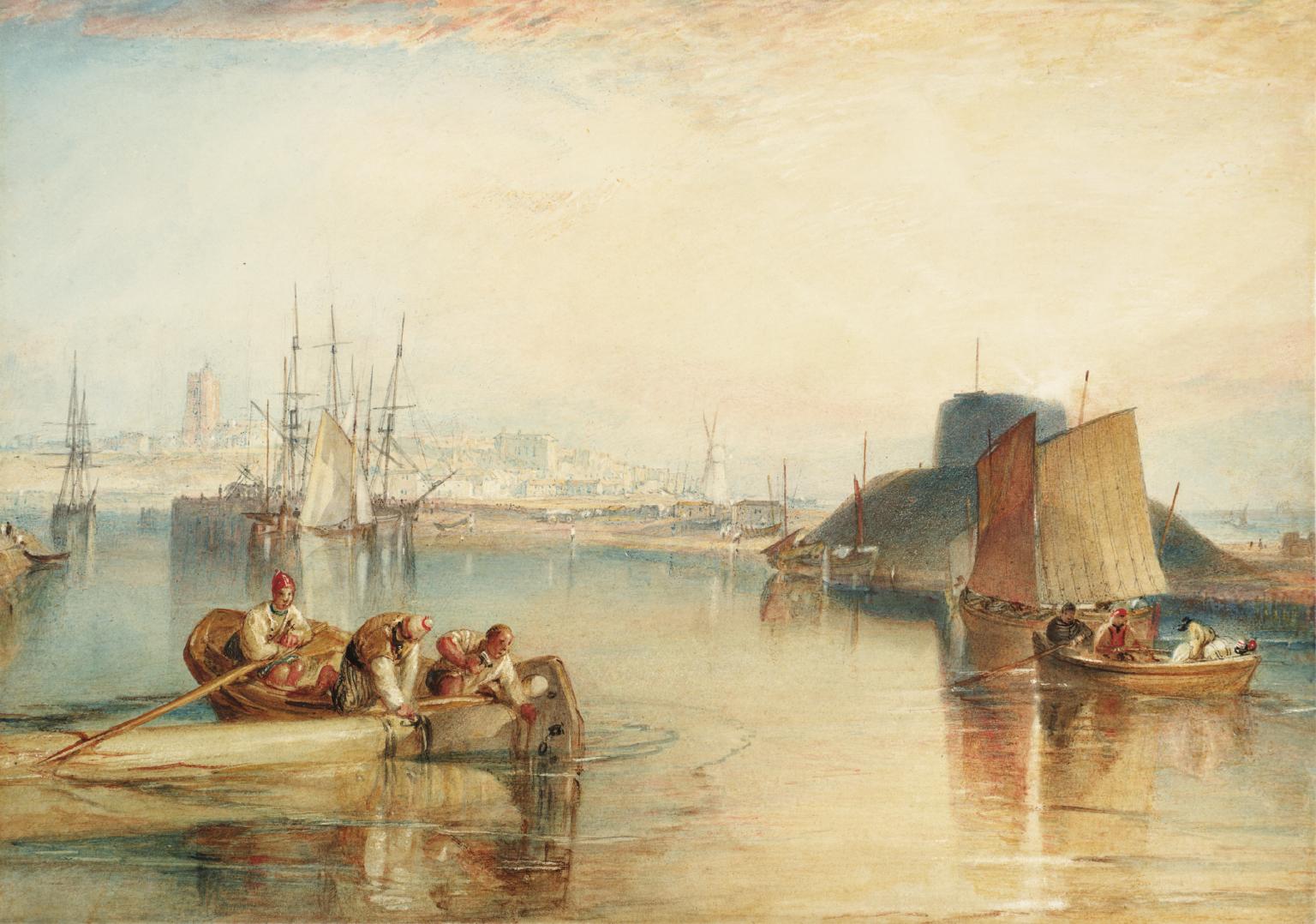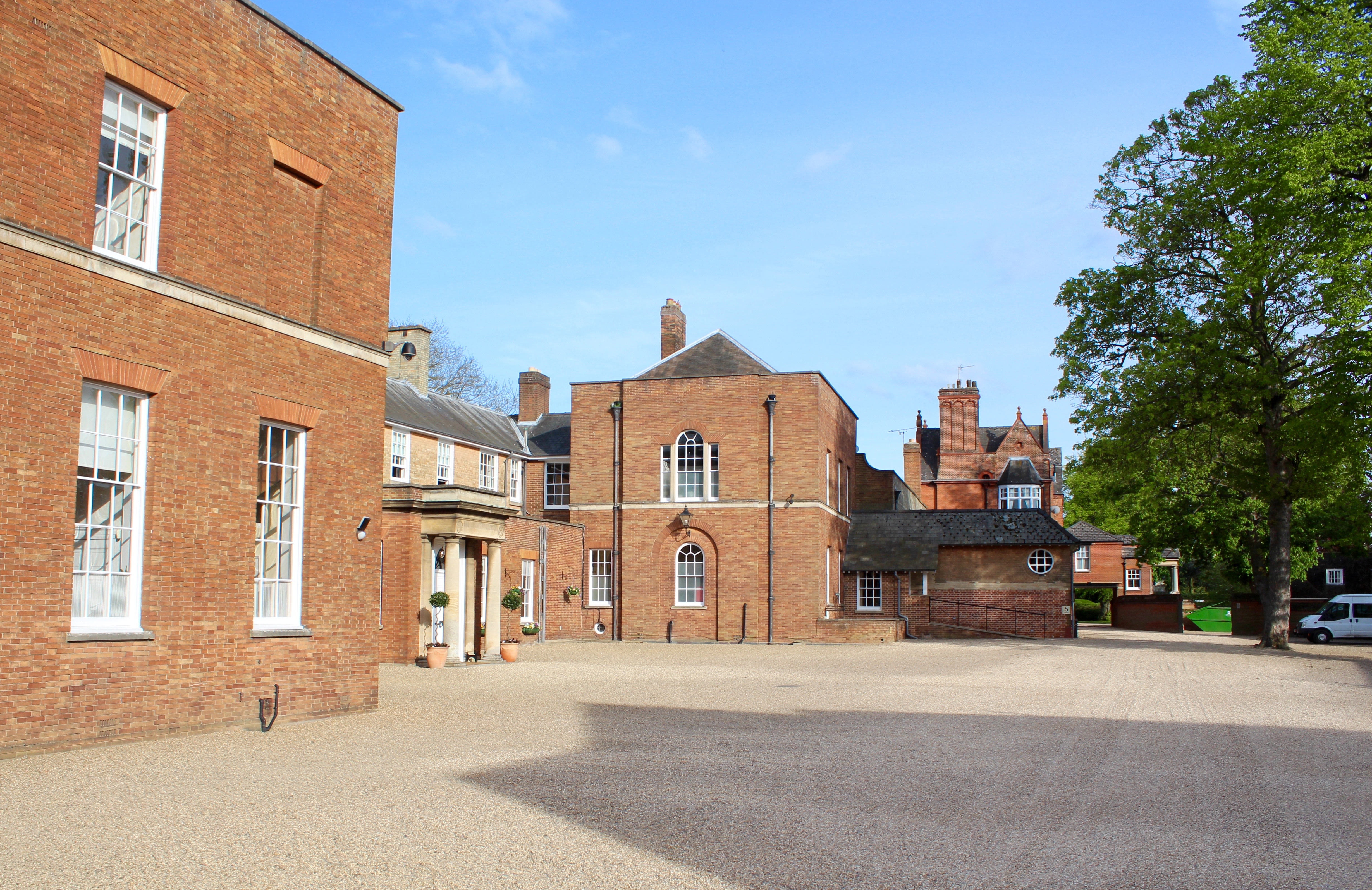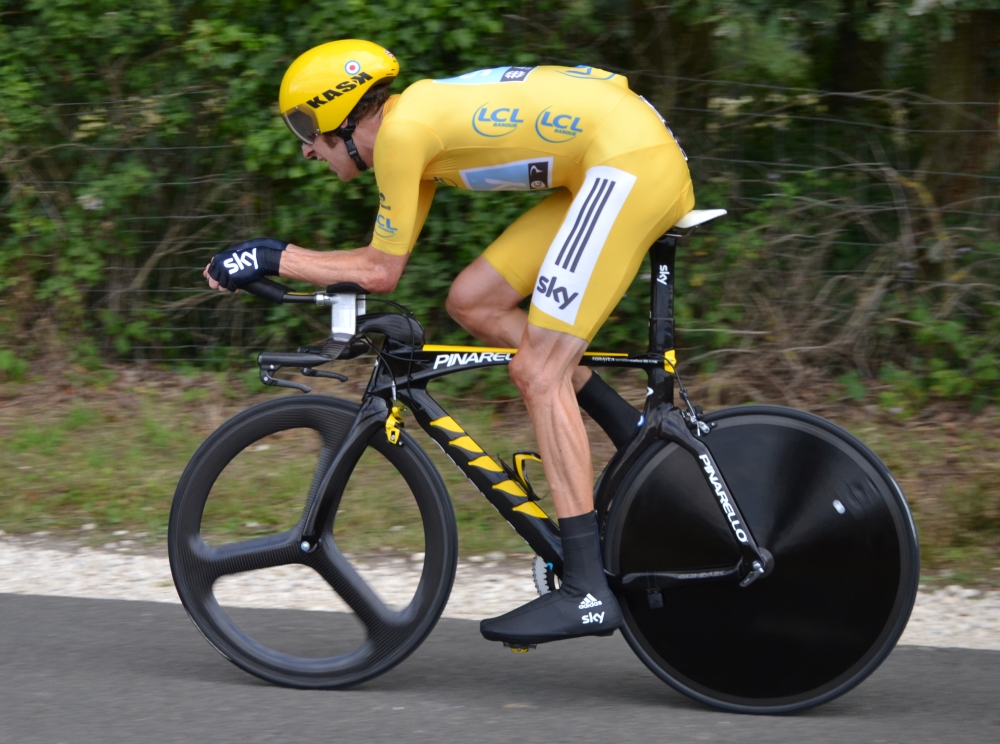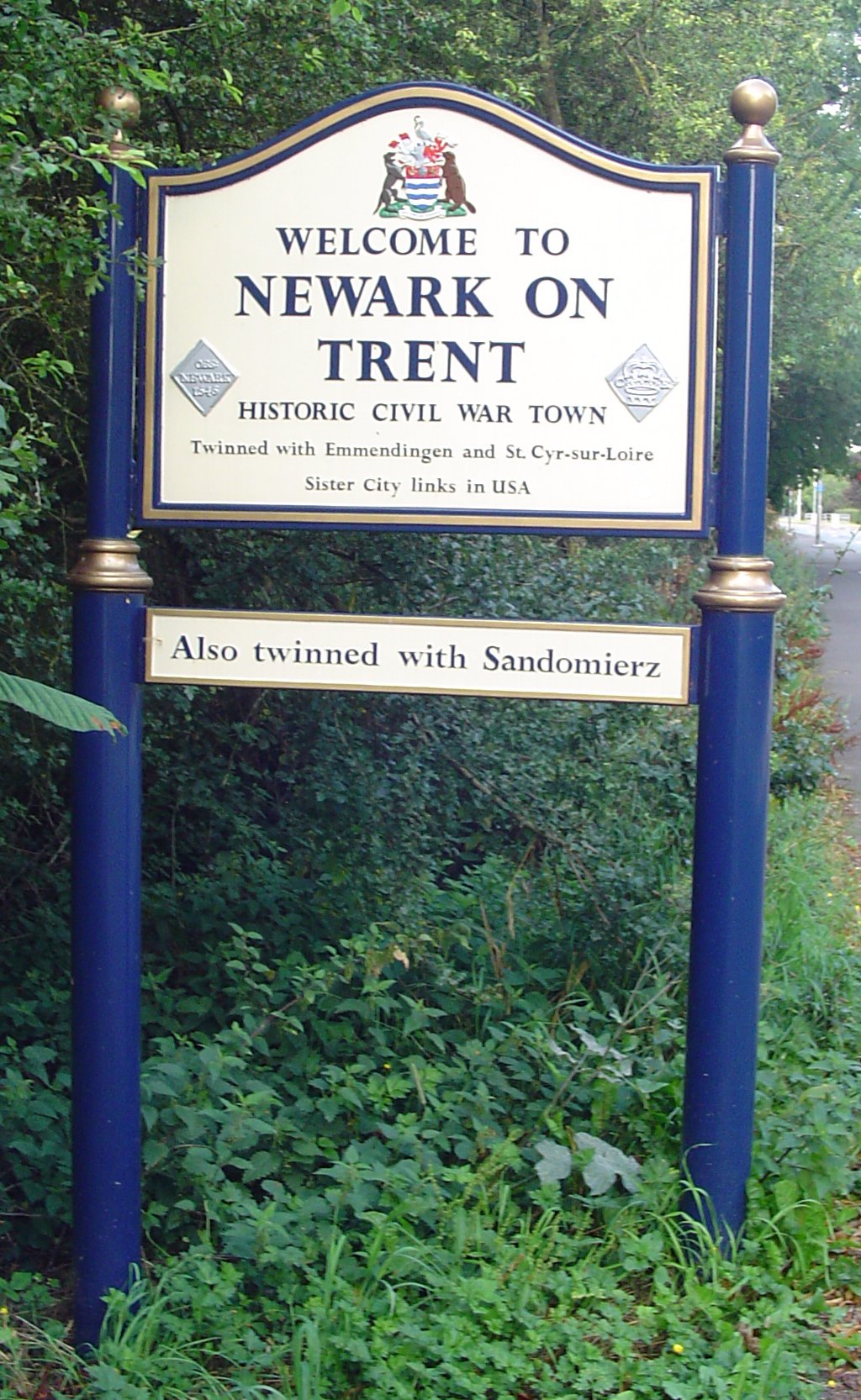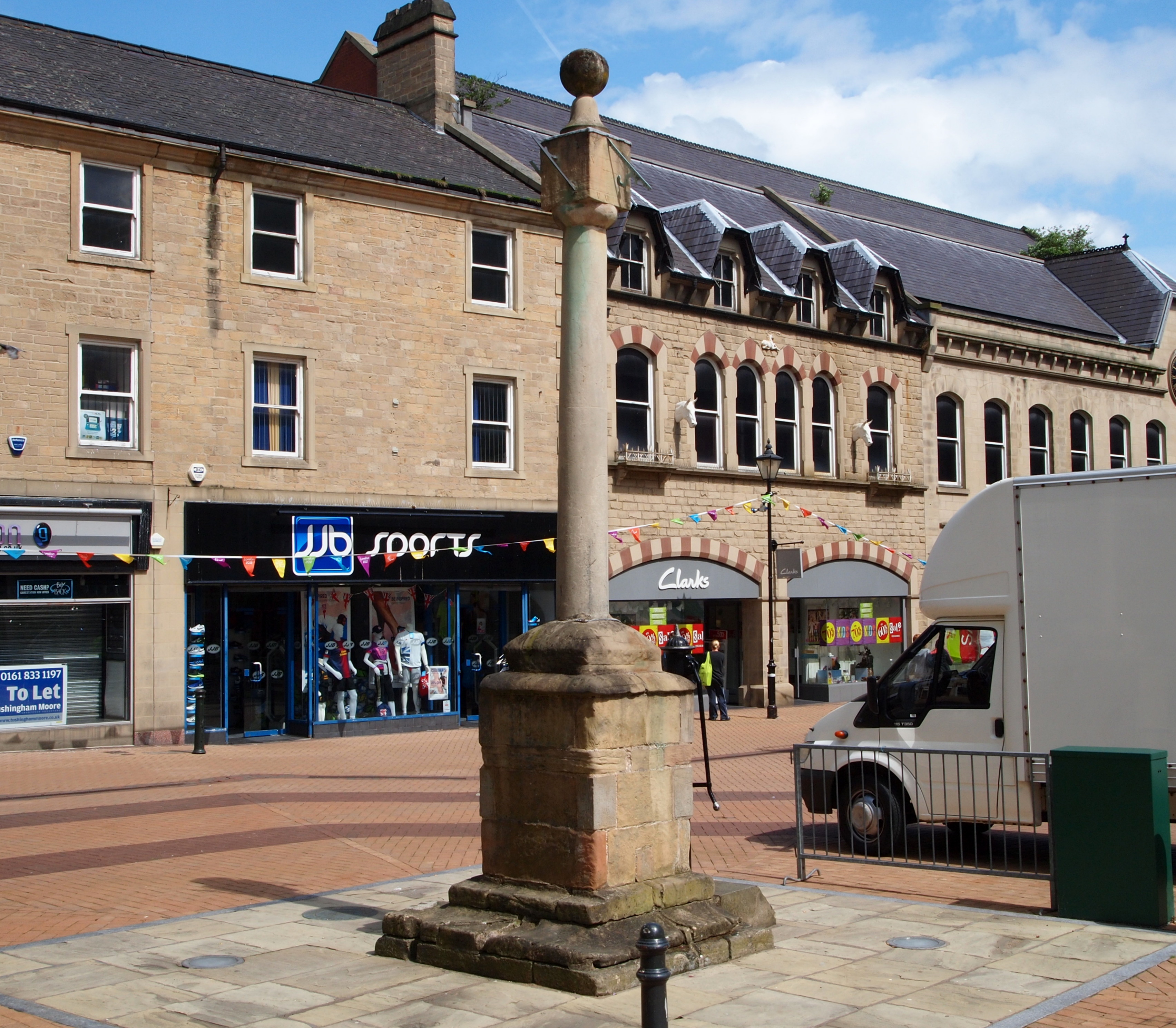|
2017 Tour Of Britain
The 2017 Tour of Britain was an eight-stage men's professional road cycling race. It was the fourteenth running of the modern version of the Tour of Britain and the 77th British tour in total. The race started on 3 September in Edinburgh and finished on 10 September in Cardiff. The race was part of the 2017 UCI Europe Tour. Teams The twenty teams invited to participate in the Tour of Britain were: Stages Stage 1 ;3 September 2017 — Edinburgh to Kelso, Stage 2 ;4 September 2017 — Kielder Water to Blyth, Stage 3 ;5 September 2017 — Normanby Hall – Scunthorpe, Stage 4 ;6 September 2017 — Mansfield – Newark-on-Trent, Stage 5 ;7 September 2017 — Tendring, Stage 6 ;8 September 2017 — Newmarket to Aldeburgh, Stage 7 ;9 September 2017 — Hemel Hempstead to Cheltenham, Stage 8 ;10 September 2017 — Worcester to Cardiff, Classification leadership References External links * {{Tour of B ... [...More Info...] [...Related Items...] OR: [Wikipedia] [Google] [Baidu] |
2017 UCI Europe Tour
The 2017 UCI Europe Tour was the thirteenth season of the UCI Europe Tour. The 2017 season began on 26 January 2017 with the Vuelta a Mallorca, Trofeo Santanyí-Ses Salines-Campos and ended on 17 October 2017 with the Nationale Sluitingsprijs. Belgium, Belgian rider Baptiste Planckaert (), who scored 1,605 points in the 2016 UCI Europe Tour, 2016 edition, was the defending champion of the UCI Europe Tour. Nacer Bouhanni () won the overall standings for the second time in three years; won the team classification, while France won both the overall nations' title and the under-23 equivalent. Race structure Throughout the season, points are awarded to the top finishers of stages within stage races and the final general classification standings of each of the stages races and one-day events. The quality and complexity of a race also determines how many points are awarded to the top finishers, the higher the UCI rating of a race, the more points are awarded. The UCI race classificati ... [...More Info...] [...Related Items...] OR: [Wikipedia] [Google] [Baidu] |
Kielder Water
Kielder Water is a large man-made reservoir in Northumberland in North East England. It is the largest artificial lake in the United Kingdom by capacity of water and it is surrounded by Kielder Forest, one of the biggest man-made woodlands in Europe. The scheme was planned in the late 1960s to satisfy an expected rise in demand for water to support a booming UK industrial economy. Kielder Water is owned by Northumbrian Water, and holds 200 billion litres (44 billion gallons, or 0.2 cubic km), making it the largest artificial reservoir in the UK by capacity (Rutland Water is the largest by surface area). It has a shoreline, is from the sea. and has a maximum depth of 52 metres (170ft). Etymology The name ''Kielder'' was first recorded in 1309 as ''Keldre''. Originating as a river name, ''Kielder'' may have the same origin as the various rivers named ''Calder'', such as the one in West Yorkshire. The name may be derived from the Brittonic ''caleto-/ā'', with the root sense o ... [...More Info...] [...Related Items...] OR: [Wikipedia] [Google] [Baidu] |
Aldeburgh
Aldeburgh ( ) is a coastal town in the English county, county of Suffolk, England. Located to the north of the River Alde. Its estimated population was 2,276 in 2019. It was home to the composer Benjamin Britten and remains the centre of the international Aldeburgh Festival of arts at nearby Snape Maltings, which was founded by Britten in 1948.Aldeburgh Town Council Retrieved 9 January 2016.Archives Hub Retrieved 7 March 2019. It also hosts an annual poetry festival and several food festivals and other events. Aldeburgh, as a port, gained borough status in 1529 under Henry VIII. Its historic buildings include a 16th-centu ... [...More Info...] [...Related Items...] OR: [Wikipedia] [Google] [Baidu] |
Newmarket, Suffolk
Newmarket is a market town and civil parish in the West Suffolk district of Suffolk, England. Located (14 miles) west of Bury St Edmunds and (14 miles) northeast of Cambridge. It is considered the birthplace and global centre of thoroughbred horse racing. It is a major local business cluster, with annual investment rivalling that of the Cambridge Science Park, the other major cluster in the region. It is the largest racehorse training centre in Britain, the largest racehorse breeding centre in the country, home to most major British horseracing institutions, and a key global centre for horse health. Two Classic races, and an additional three British Champions Series races are held at Newmarket every year. The town has had close royal connections since the time of James I, who built a palace there, and was also a base for Charles I, Charles II, and most monarchs since. Elizabeth II visited the town often to see her horses in training. Newmarket has over fifty horse training stabl ... [...More Info...] [...Related Items...] OR: [Wikipedia] [Google] [Baidu] |
Individual Time Trial
An individual time trial (ITT) is a road bicycle race in which cyclists race alone against the clock (in French: ''contre la montre'' – literally "against the watch", in Italian: ''tappa a cronometro'' "stopwatch stage"). There are also track-based time trials where riders compete in velodromes, and team time trials (TTT). ITTs are also referred to as "the race of truth", as winning depends only on each rider's strength and endurance, and not on help provided by teammates and others riding ahead and creating a slipstream. Individual time trial are usually held on flat or rolling terrain, although sometimes they are held up a mountain road (in Italian: ''cronoscalata'' "chrono climbing"). Sometimes the opening stage of a stage race is a very short individual time trial called a prologue (8 km or less for men, 4 km or less for women and juniors). Starting times are at equal intervals, usually one or two minutes apart. The starting sequence is usually based on the finishing times ... [...More Info...] [...Related Items...] OR: [Wikipedia] [Google] [Baidu] |
Time Trial
In many racing sports, an athlete (or occasionally a team of athletes) will compete in a time trial against the clock to secure the fastest time. The format of a time trial can vary, but usually follow a format where each athlete or team sets off at a predetermined interval to set the fastest time on a course. Variation in sports Cycling In cycling, for example, a time trial (TT) can be a single track cycling event, or an individual or team time trial on the road, and either or both of the latter may form components of multi-day stage races. In contrast to other types of races, athletes race alone since they are sent out in intervals (interval starts), as opposed to a mass start. Time trialist will often seek to maintain marginal aerodynamic gains as the races are often won or lost by a couple of seconds. Skiing In cross-country skiing and biathlon competitions, skiers are sent out in 30 to 60 second intervals. Rowing In rowing, time trial races, where the boats are se ... [...More Info...] [...Related Items...] OR: [Wikipedia] [Google] [Baidu] |
Tendring
Tendring is a village and civil parish in Essex. It gives its name to the Tendring District and before that the Tendring Hundred. Its name was given to the larger groupings because it was at the centre, not because it was larger than the other settlements. In 2011 the parish had a population of 736 and the district had a population of 138,048. The linear village straddles the B1035 from Manningtree to Thorpe-le-Soken. The parish includes the settlements of Goose Green, Tendring Green and Tendring Heath. The church is dedicated to St Edmund. The Tendring Union Workhouse was located at Tendring Heath. Transport The village is on the B1035 road and close to the A120 road. There are bus services to Clacton-on-Sea and Colchester Colchester ( ) is a city in Essex, in the East of England. It had a population of 122,000 in 2011. The demonym is Colcestrian. Colchester occupies the site of Camulodunum, the first major city in Roman Britain and its first capital. Colches .... ... [...More Info...] [...Related Items...] OR: [Wikipedia] [Google] [Baidu] |
Fernando Gaviria
Fernando Gaviria Rendón (born 19 August 1994) is a Colombian professional road and track racing cyclist, who currently rides for UCI WorldTeam . He is well known as a sprinter. Riding for the Colombian national cycling team, Gaviria came to international attention at the 2015 Tour de San Luis, where he beat former world champion Mark Cavendish in two sprint finishes. His first major Grand Tour wins came at the 2017 Giro d'Italia. He is the brother of track cyclist Juliana Gaviria. His nickname is "Quetzal splendente", from the brightful and colourful South American bird Quetzal. Its colours recall his world championship titles, his Colombia and "la maglia Ciclamino" won at Giro d'Italia. Career Early career Before his road career, Gaviria won the omnium and madison events at the 2012 UCI Juniors Track World Championships. In 2014, he won the under-23 Pan-American road race. He also competed in the 2014 Tour de l'Avenir. Although he did not win a stage, he won the bunch sprint ... [...More Info...] [...Related Items...] OR: [Wikipedia] [Google] [Baidu] |
Newark-on-Trent
Newark-on-Trent or Newark () is a market town and civil parish in the Newark and Sherwood district in Nottinghamshire, England. It is on the River Trent, and was historically a major inland port. The A1 road (Great Britain), A1 road bypasses the town on the line of the ancient Great North Road (Great Britain), Great North Road. The town's origins are likely to be Roman Britain, Roman, as it lies on a major Roman road, the Fosse Way. It grew up round Newark Castle, Nottinghamshire, Newark Castle and as a centre for the wool and cloth trades. In the English Civil War, it was besieged by Roundheads, Parliamentary forces and Relief of Newark, relieved by Cavaliers, Royalist forces under Prince Rupert. Newark has a market place lined with many historical buildings and one of its most notable landmark is Church of St Mary Magdalene, Newark-on-Trent, St Mary Magdalene church with its towering spire at high and the highest structure in the town. The church is the tallest church in Nott ... [...More Info...] [...Related Items...] OR: [Wikipedia] [Google] [Baidu] |
Mansfield
Mansfield is a market town and the administrative centre of Mansfield District in Nottinghamshire, England. It is the largest town in the wider Mansfield Urban Area (followed by Sutton-in-Ashfield). It gained the Royal Charter of a market town in 1227. The town lies in the Maun Valley, north of Nottingham and near Sutton-in-Ashfield. Most of the 109,000 population live in the town itself (including Mansfield Woodhouse), with Warsop as a secondary centre. Mansfield is the one local authority in Nottinghamshire with a publicly elected mayor. History Roman to Mediaeval Period Settlement dates to the Roman period. Major Hayman Rooke in 1787 discovered a villa between Mansfield Woodhouse and Pleasley; a cache of denarii was found near King's Mill in 1849. Early English royalty stayed there; Mercian Kings used it as a base to hunt in Sherwood Forest. The Royal Manor of Mansfield was held by the King. In 1042 Edward the Confessor possessed a manor in Mansfield. William the Conqu ... [...More Info...] [...Related Items...] OR: [Wikipedia] [Google] [Baidu] |
Scunthorpe
Scunthorpe () is an industrial town and unparished area in the unitary authority of North Lincolnshire in Lincolnshire, England of which it is the main administrative centre. Scunthorpe had an estimated total population of 82,334 in 2016. A predominantly industrial town, the town is the United Kingdom's largest steel processing centre and is also known as the "Industrial Garden Town". It is the third largest settlement in Lincolnshire, after Lincoln and Grimsby. The Member of Parliament for Scunthorpe is Conservative politician Holly Mumby-Croft. History Scunthorpe as a town came into existence due to the exploitation of the local ironstone resources, and subsequent formation of iron works from the 1850s onwards. The regional population grew from 1,245 in 1851 to 11,167 in 1901 and 45,840 in 1941. During the expansion Scunthorpe expanded to include the former villages of Scunthorpe, Bottesford, Frodingham, Crosby, Brumby and Ashby. Scunthorpe became an urban district in 18 ... [...More Info...] [...Related Items...] OR: [Wikipedia] [Google] [Baidu] |
